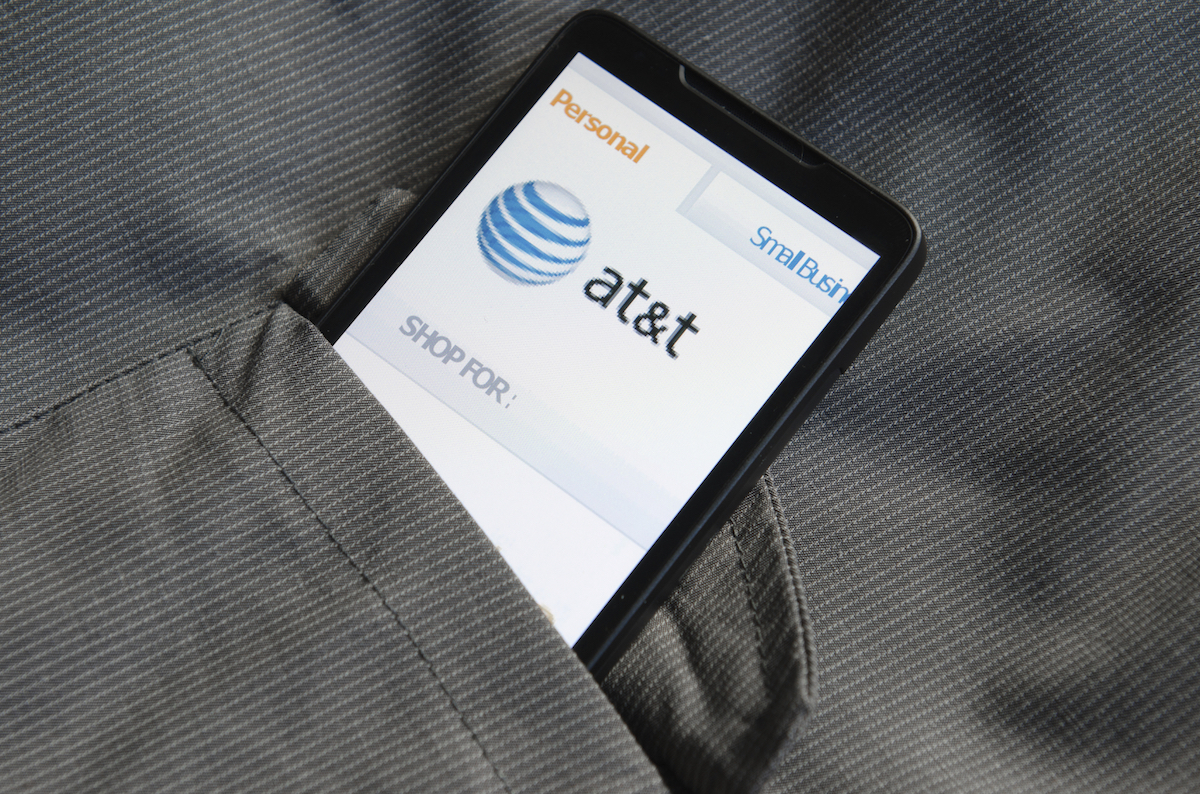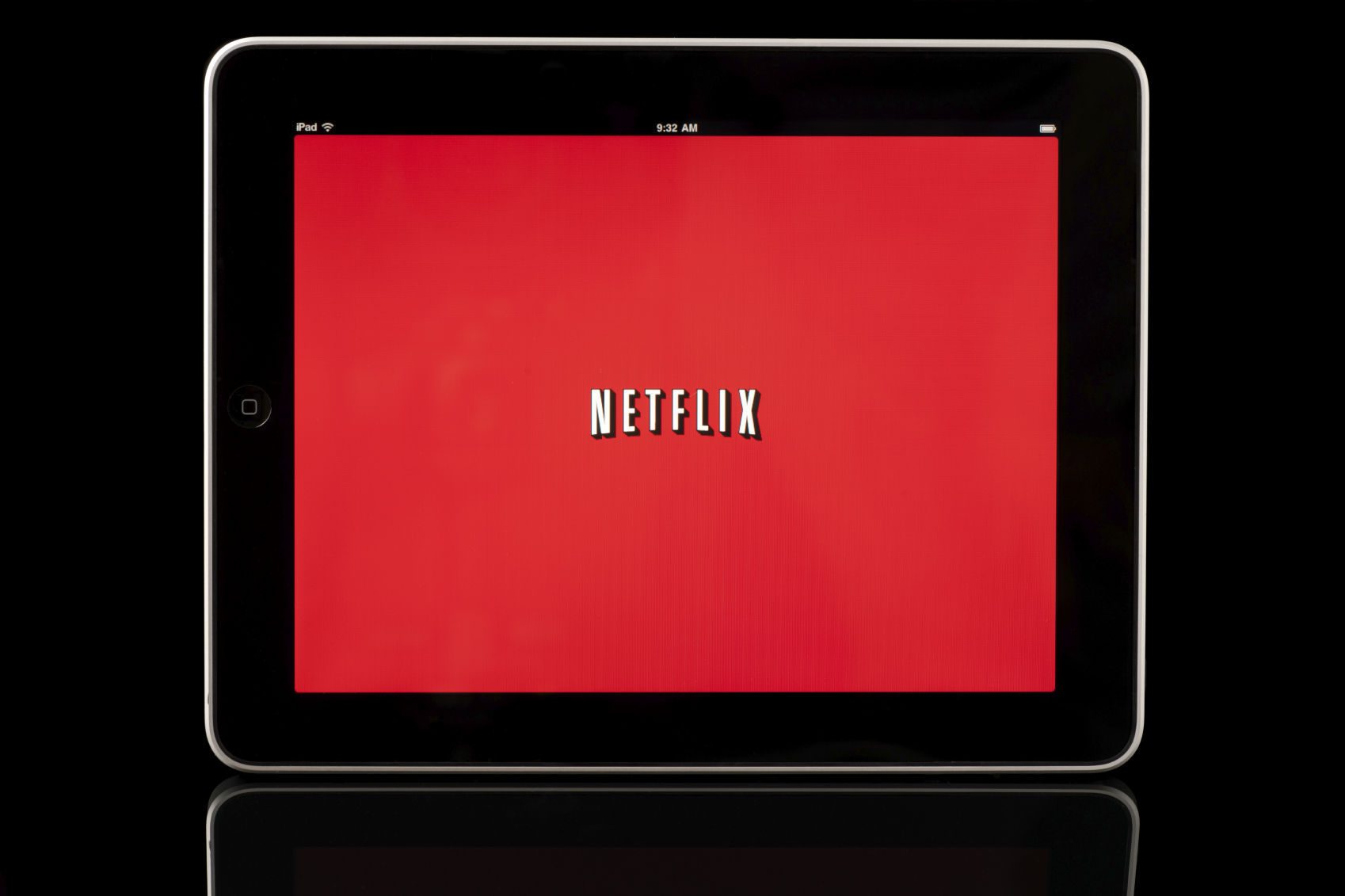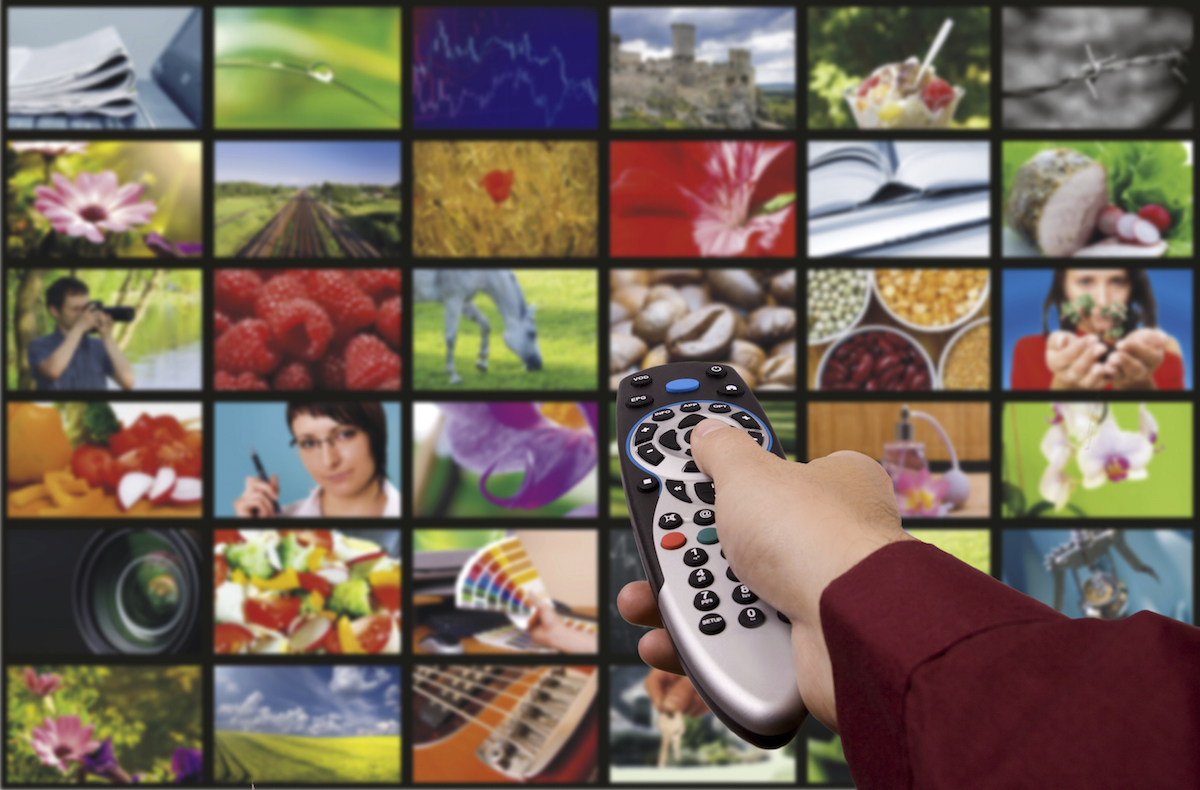Read original story on: TechCrunch
Right after inking a similar deal with Cablevision, Hulu is attempting to acquire more subscribers by teaming up with another telecom company: soon, AT&T customers will be able to access Hulu content through either the AT&T mobile app or through the AT&T website, and, if they like what they see, sign up for Hulu subscriptions through AT&T as well.
The reasoning behind such a strategy for Hulu here is about getting its subscription in front of as many potential customers as possible. For AT&T, it is about adding more content for viewers who are already paying for cable TV, while also adding the sheen of popular OTT services on its less-than-favorable reputation among customers.
In related news, Hulu announced that it has resurrected former Fox comedy The Mindy Project for 26 more episodes, which we anticipated and explained in detail here when we reported on the show’s cancellation last week.









